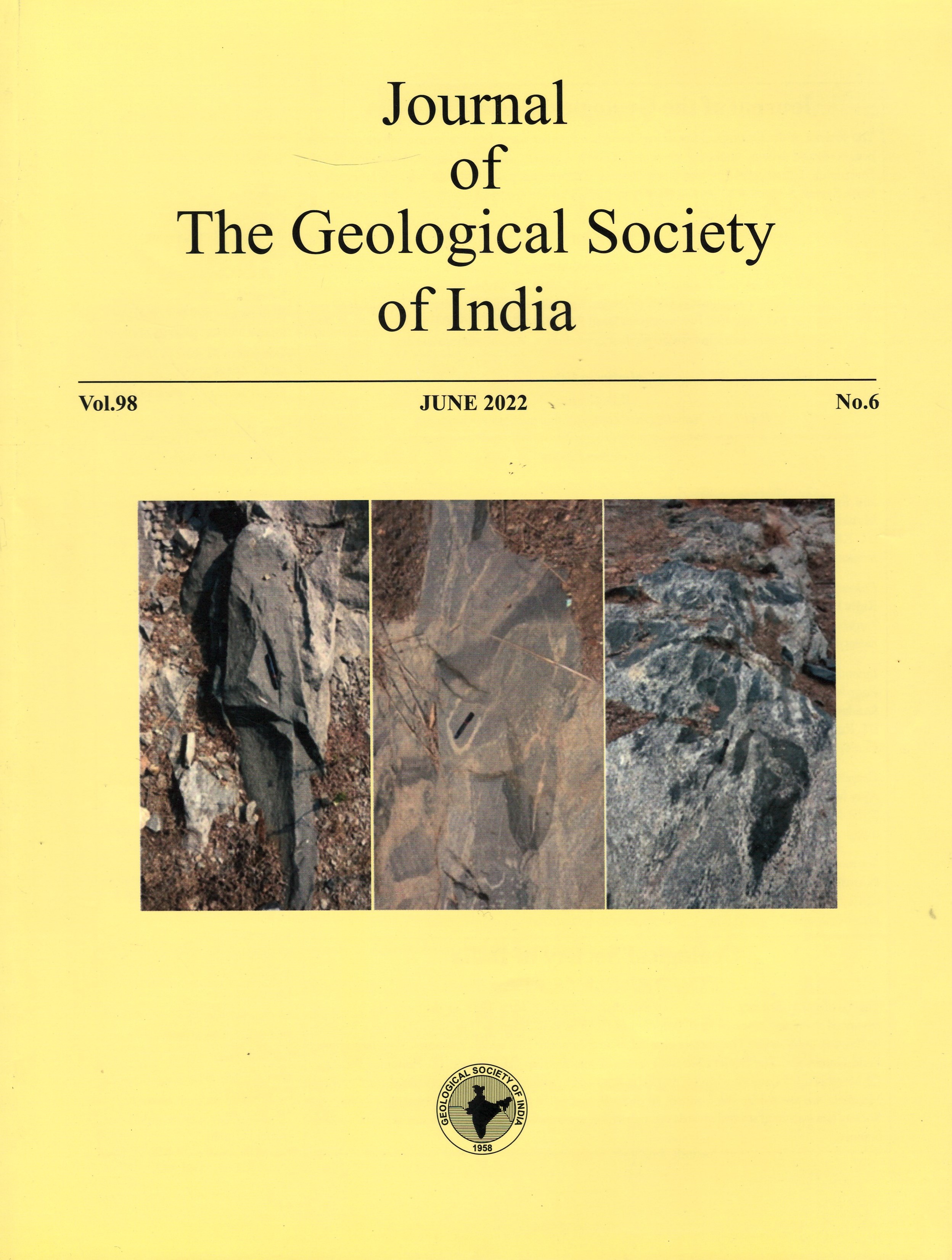Experimental Synthesis of Coloured Soda-lime-silica (SLS) Glasses using Untreated Silica Sand of Shankargarh Area (Prayagraj District, Uttar Pradesh, India) and its Ramifications
DOI:
https://doi.org/10.1007/s12594-022-2062-6Keywords:
No KeywordsAbstract
The physical, mechanical and chemical processing of silica sand, the main ingredient of silicate glass, are routinely carried out in glass and ceramic industries worldwide to enhance the silica content and to reduce the concentration of ferromagnesian impurities. The processing of silica sand prior to glass synthesis generally involves washing with water, physical screening (size and magnetic separation) and chemical treatments. The silica sand mining, in parts of Prayagraj (earlier known as Allahabad) district, Uttar Pradesh, is continuing for more than six decades and yet meager peer-reviewed published scientific data is available hitherto. On the other hand, the continued rampant water cleaning of silica sand for more than six decades has led to the accumulation of toxic sludge in the vicinity and also causing ground water depletion in the area. In order to find an amicable balance amongst silica sand processing, ground water depletion and environmental degradation, an attempt has been made to use untreated/raw silica sand of Prayagraj district, mainly from the Shankargarh area, to synthesize soda-lime-silica (SLS) glass. Following this objective, thirty five silica sand samples are collected from different washeries and grouped into seven classes based on their magnetic susceptibility values (30.23 to -0.71 x 10-8 m3kg-1). Representative silica sand samples from these seven groups are mixed with sodium carbonate (Na2CO3) and calcium carbonate (CaCO3) in a ratio of 75:15:10 and melted at 1300°C under one atmospheric pressure for a run duration of 90 minutes. Transparent to translucent SLS glasses of various hues and variable refractive indices (1.504 - 1.547) are formed. The glasses, thus analyzed by the electron probe micro analyzer (EPMA), comprise SiO2 (80.56 - 85.79 wt%), Na2O (9.70 - 12.69 wt%), CaO (4.80 - 6.51 wt%), Al2O3 (0.51 - 1.46 wt%), FeOT (0.15 - 0.95 wt%) and TiO2 (0.12 - 0.29 wt%), similar to the commercial SLS glasses manufactured worldwide. The present study suggests that the raw silica sand from Shankargarh area can be used to synthesize coloured SLS glasses even without washing with water and as a consequence the water resources and geo-environment of the area shall remain protected from further degradation.

 Anuj Kumar Singh
Anuj Kumar Singh






